WELCOME TO Yigal Meir's group's PAGE
Among the research projects, currently investigated by the group:
Edge structure in topological systems
 The edge structure in quantum Hall
systems and in topological insulators is determined by interplay of
edge potential and electron-electron interactions, leading to the
possibility of edge reconstruction, and, in the case if topological
insulators, to the spontaneous breaking of time-reversal symmetry.
The conditions and ramifications of this reconstruction are
investigated.
The edge structure in quantum Hall
systems and in topological insulators is determined by interplay of
edge potential and electron-electron interactions, leading to the
possibility of edge reconstruction, and, in the case if topological
insulators, to the spontaneous breaking of time-reversal symmetry.
The conditions and ramifications of this reconstruction are
investigated.
Disordered Superconductors
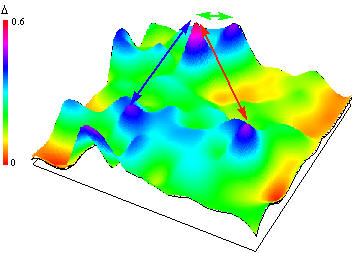 The interplay of disorder and
superconductivity has been an active research subject since the
early days of BCS theory. In this project we emphasize the interplay
of disorder and phase fluctuations, with emphasis on the nature of
the superconductor-insulator transition, and the calculation of
experimentally measurable quantities.
The interplay of disorder and
superconductivity has been an active research subject since the
early days of BCS theory. In this project we emphasize the interplay
of disorder and phase fluctuations, with emphasis on the nature of
the superconductor-insulator transition, and the calculation of
experimentally measurable quantities.
Mesoscopic Systems Out of Equilibrium
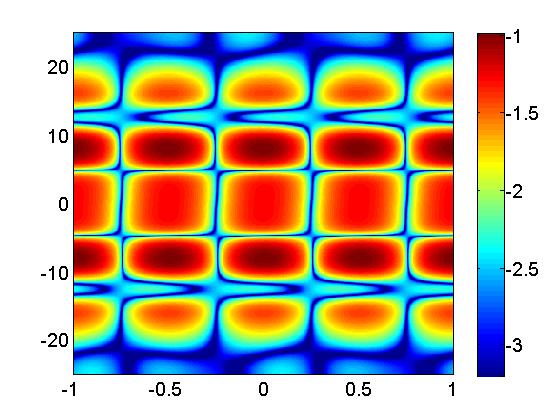
The effects of non-equilibrium on transport properties of mesoscopic
systems, such as quantum point contacts, quantum dots, Aharonov-Bohm
rings and their combinations, and its relation to dephasing is of
major interest to experiments and to possible applications. In
particular, symmetry relation, such as the Onsager relations, are
broken out of equilibrium and make these systems particularly
challenging.
the Quantum Hall Insulator
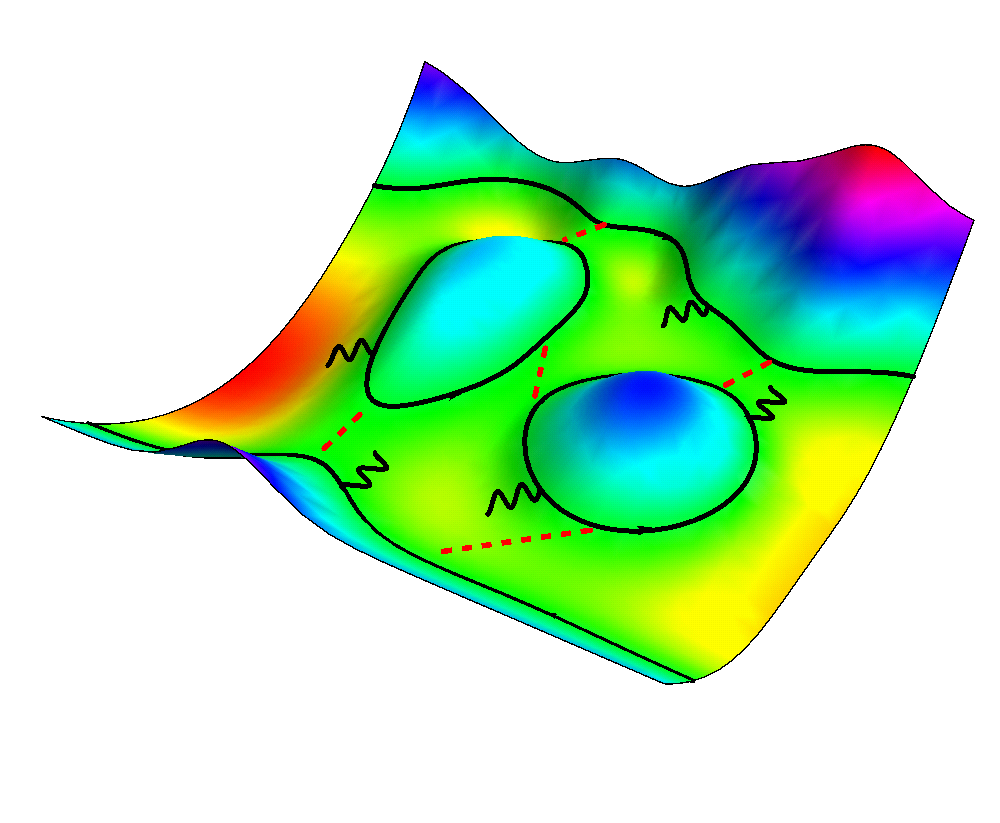
In the quantum Hall regime, theory predicts two possible phase - the
quantum Hall phase and the insulator phase. The observed "Quantum
Insulator Phase", with exponentially large longitudinal resistivity,
and quantized Hall resistance, has eluded theoretical understanding
so far. We are investigating the role of decoherence in that regime,
and demonstrate the stabilization of the quantum insulator phase due
to rare incoherent scattering events.
Transport through Quantum Point Contacts and the 0.7 Anomaly
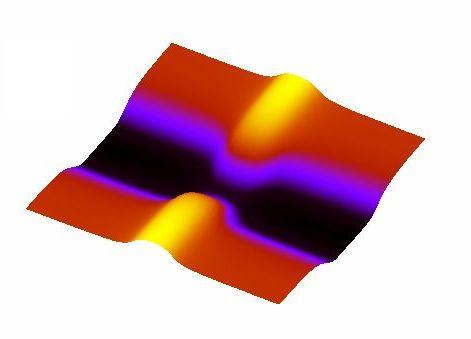 Conductance through quantum
point contacts displays a set of steps in integer units of e2/h, as
the point contact opens. An additional shoulder at around 0.7 times
that integer value has been attributed to the formation of a
quasi-localized state as the point contact opens up. The
ramifications of such a quasi-localized state are investigated, with
emphasis on may-body effects.
Conductance through quantum
point contacts displays a set of steps in integer units of e2/h, as
the point contact opens. An additional shoulder at around 0.7 times
that integer value has been attributed to the formation of a
quasi-localized state as the point contact opens up. The
ramifications of such a quasi-localized state are investigated, with
emphasis on may-body effects.
Chemotaxis in Bacteria
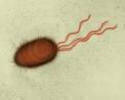 Bacteria can sense gradients of food or
temperature and can move accordingly. This chemotaxis network has
been investigated by biologists for decades. Simple physical
considerations can be applied to this network, to produce
quantitative predictions and critical comparison with experiments.
Bacteria can sense gradients of food or
temperature and can move accordingly. This chemotaxis network has
been investigated by biologists for decades. Simple physical
considerations can be applied to this network, to produce
quantitative predictions and critical comparison with experiments.

